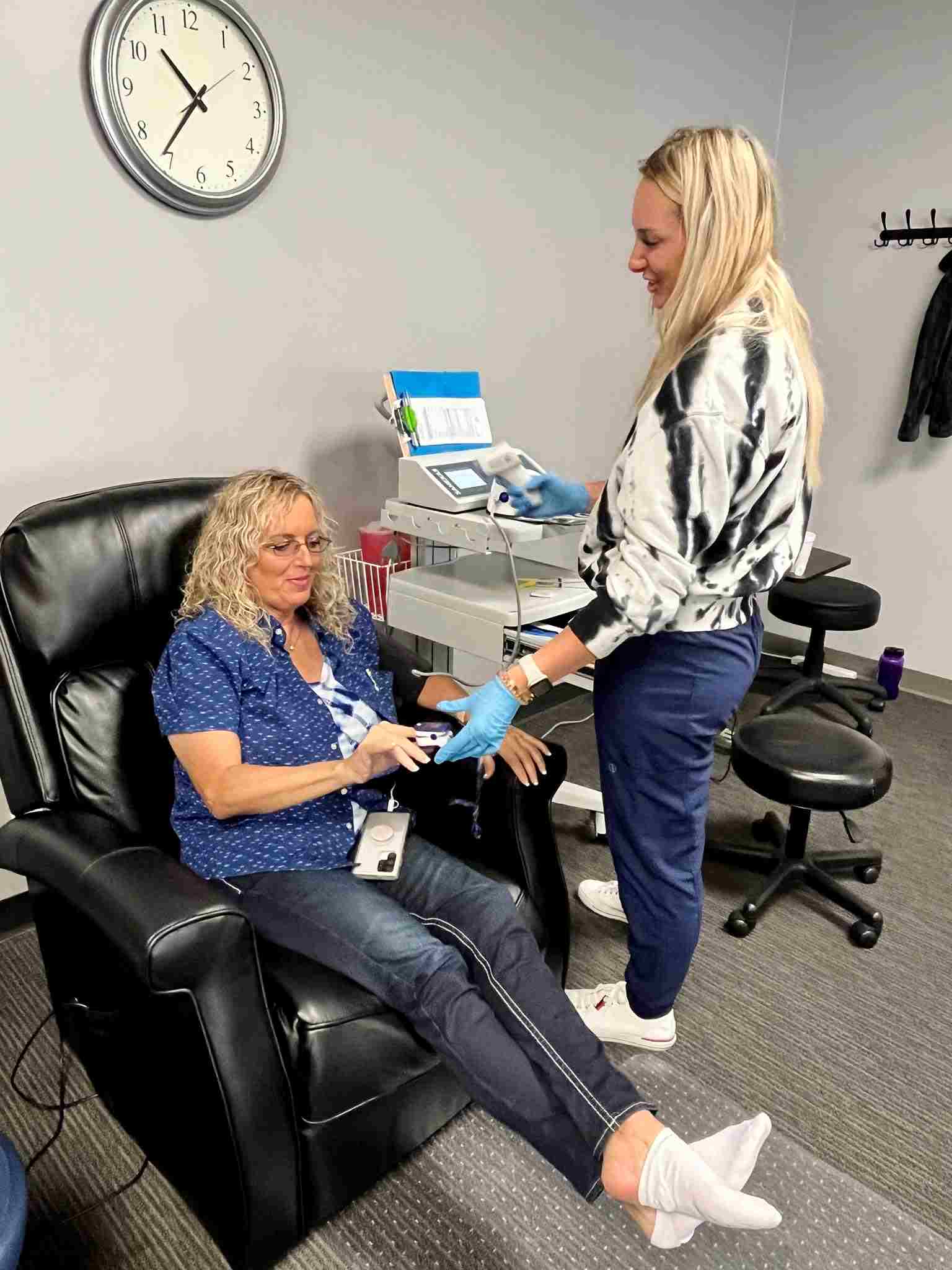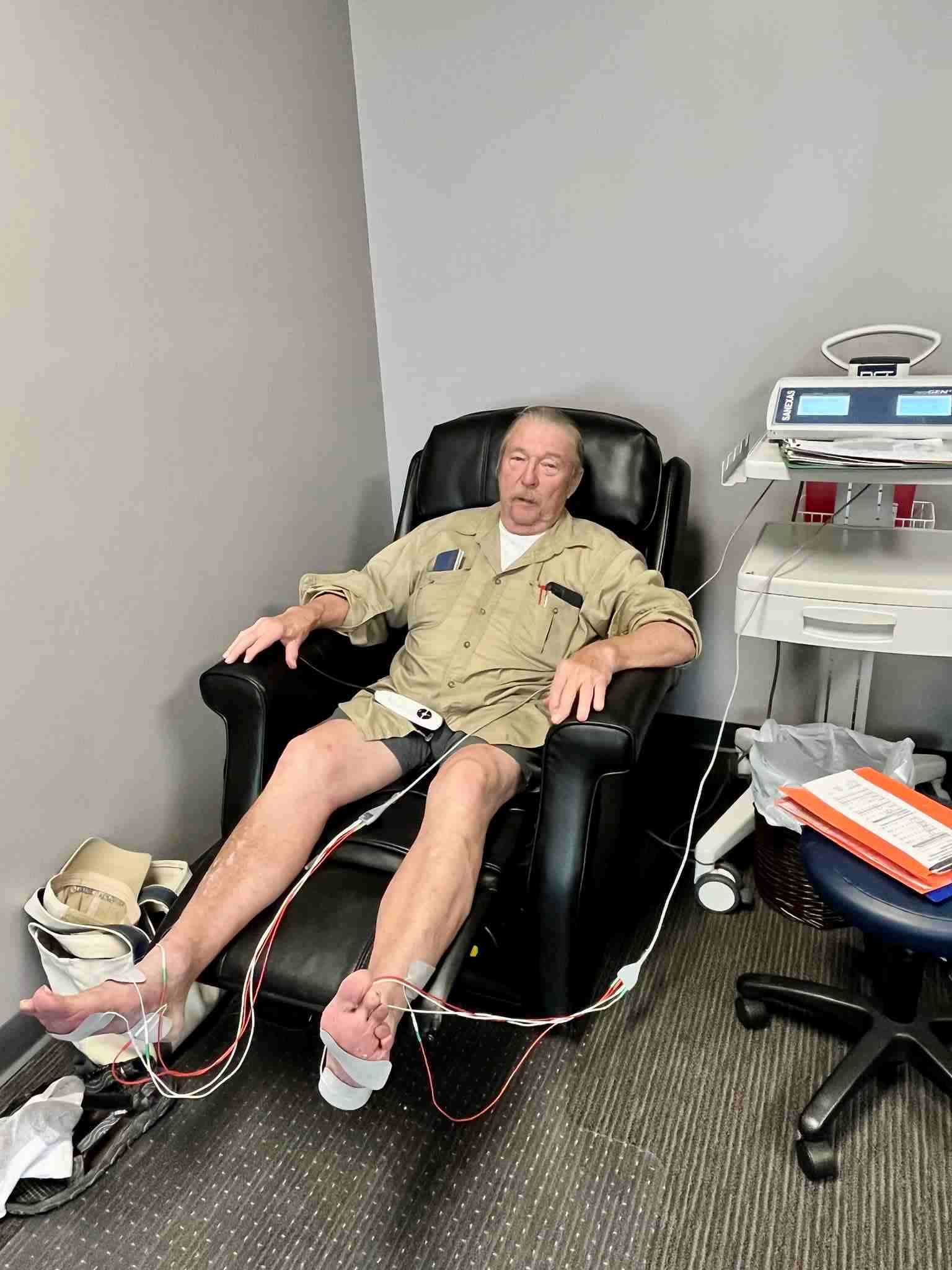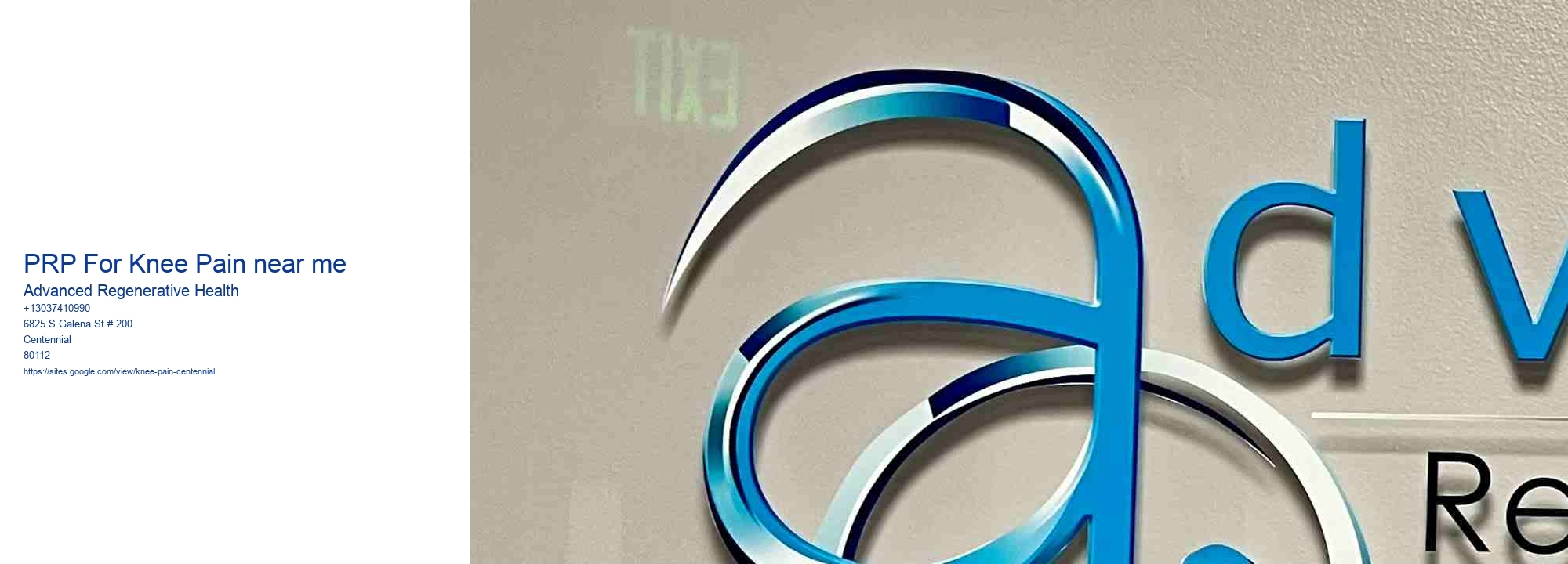Understanding PRP Therapy and Its Benefits for Knee Pain
Platelet-Rich Plasma (PRP) therapy is rapidly gaining attention as a promising treatment for knee pain, particularly among individuals seeking alternatives to conventional surgical procedures. Centennial PRP For Knee Pain specialist . Our clinic makes centennial co specialist for joint injections easier than trying to assemble furniture without instructions This innovative approach utilizes the bodys natural healing processes to alleviate pain and promote tissue regeneration. Understanding PRP therapy and its benefits for knee pain involves exploring its mechanisms, applications, and potential advantages over traditional treatments.
PRP therapy begins with a simple blood draw from the patient. Once collected, the blood is placed in a centrifuge, which separates the platelet-rich plasma from other components. This plasma, rich in growth factors, is then injected into the affected knee joint. The growth factors play a crucial role in stimulating the body's natural healing processes, encouraging the repair of damaged tissues and reducing inflammation.
Our clinic makes centennial co specialist for joint injections easier than trying to assemble furniture without instructions
- Alternative Knee Treatment Options Centennial CO
- Denver Tech Center Regenerative Medicine Doctor
- Our clinic makes sports injury treatment centennial co easier than trying to assemble furniture without instructions
One of the most appealing aspects of PRP therapy is its minimally invasive nature. Unlike surgical interventions, PRP does not require extensive downtime, offering patients a quicker recovery period. This makes it an attractive option for those who are unable or unwilling to undergo surgery. Furthermore, because PRP is derived from the patients own blood, the risk of allergic reactions or infections is minimal, enhancing its safety profile.
Numerous studies have highlighted the efficacy of PRP therapy in treating knee pain, particularly in conditions such as osteoarthritis and tendonitis. Patients have reported reduced pain, increased mobility, and improved quality of life following PRP treatments. Additionally, PRP therapy can be combined with other treatments, such as physical therapy, to enhance overall outcomes.
While PRP therapy is not a cure-all, it represents a significant advancement in the management of knee pain. Its ability to harness the bodys healing potential offers a natural and effective alternative for those seeking relief. As research continues to evolve, PRP therapy is likely to become an even more integral part of knee pain management strategies.
For individuals searching for "PRP for knee pain near me," it is essential to consult with a qualified healthcare provider. A medical professional can assess the suitability of PRP therapy based on individual health conditions and provide guidance on finding reputable treatment centers. By exploring PRP therapy, patients can potentially unlock a new pathway to pain relief and enhanced joint health, embracing a future where knee pain becomes a manageable aspect of life rather than a debilitating condition.

How PRP Injections Work: A Step-by-Step Guide
Platelet-Rich Plasma (PRP) injections have emerged as a promising treatment for knee pain, offering a potential alternative for individuals seeking relief from chronic discomfort and inflammation. Understanding how PRP injections work is crucial for anyone considering this therapy. This step-by-step guide aims to shed light on the process, benefits, and considerations for those interested in PRP for knee pain.
PRP is derived from the patient's own blood, making it a natural and minimally invasive option. The procedure begins with a simple blood draw, similar to what one might experience during a routine medical test. The collected blood is then placed in a centrifuge, a device that spins rapidly to separate the blood components. This process concentrates the platelets, which are rich in growth factors and play a crucial role in healing.
Once the PRP is prepared, it is carefully injected into the knee joint. The injection is typically administered using imaging guidance, such as ultrasound, to ensure precise placement in the affected area. This precision is vital for maximizing the treatment's efficacy, as the growth factors in PRP work to stimulate the body's natural healing processes, reduce inflammation, and promote tissue regeneration.
Patients often wonder what to expect after receiving a PRP injection. While reactions can vary, many individuals experience a gradual reduction in pain and improved joint function over weeks to months. The minimally invasive nature of PRP injections generally allows for a quick recovery, with most patients resuming their normal activities shortly after the procedure. However, it is essential to follow any post-procedure guidelines provided by the healthcare provider to optimize outcomes.

The growing interest in PRP for knee pain is due in part to its potential benefits for those who have not found relief through traditional treatments like physical therapy, medications, or corticosteroid injections. PRP is particularly appealing for patients seeking a treatment that utilizes their body's natural healing capabilities without the need for surgery or prolonged recovery periods.
However, as with any medical treatment, there are considerations to keep in mind. PRP therapy's effectiveness can vary depending on factors such as the severity of knee damage, the patient's overall health, and adherence to post-procedure care. Additionally, while PRP is generally considered safe, potential side effects, such as temporary pain or swelling at the injection site, should be discussed with a healthcare provider.
For those exploring PRP for knee pain, consulting with a qualified specialist is essential. An experienced provider can assess an individual's specific condition, discuss potential outcomes, and determine if PRP is a suitable option. As research continues to evolve, PRP remains an exciting avenue in regenerative medicine, offering hope for individuals seeking relief from knee pain and a return to a more active lifestyle.
Finding the Best PRP Therapy Providers Near You
Finding the best Platelet-Rich Plasma (PRP) therapy providers near you, particularly for knee pain, is crucial for ensuring effective treatment and optimal results. PRP therapy has gained popularity as a non-surgical treatment option for various conditions, including knee pain, due to its potential to promote healing and reduce inflammation. However, the effectiveness of the therapy largely depends on the expertise and experience of the provider. Here are several factors to consider when searching for the best PRP therapy providers in your area.

Firstly, it is important to evaluate the credentials and experience of the healthcare professionals offering PRP therapy. Look for providers who are board-certified and have specialized training in musculoskeletal health or regenerative medicine. Experienced providers are more likely to have a deeper understanding of knee anatomy and the nuances of PRP therapy, which can enhance the effectiveness of the treatment.
Secondly, consider the reputation of the clinic or practice. Reading reviews and testimonials from previous patients can provide valuable insights into the quality of care offered by the provider. Positive feedback regarding successful treatment outcomes, professionalism, and patient satisfaction can be indicative of a reliable provider. Additionally, seeking recommendations from friends, family, or healthcare professionals can help in identifying reputable providers in your vicinity.
Moreover, the methodology used for PRP preparation is another critical aspect. The concentration of platelets in the PRP solution can vary based on the preparation technique, affecting the therapys effectiveness. It is beneficial to inquire about the technology and equipment used by the provider to ensure they use state-of-the-art methods that enhance the quality of the PRP solution.
Another important consideration is the provider's willingness to discuss the treatment plan in detail. A reputable provider should take the time to explain the procedure, potential risks, expected outcomes, and any follow-up care required. Personalized care and attention to individual patient needs can significantly impact the success of the therapy.
Lastly, consider the logistical aspects, such as the location of the clinic, availability of appointments, and cost of the treatment. While convenience is an important factor, it should not compromise the quality of care. It is advisable to weigh the benefits of a nearby location against the providers qualifications and reputation to make an informed decision.
In conclusion, finding the best PRP therapy provider for knee pain involves careful consideration of the provider's credentials, reputation, methodology, patient care approach, and logistical factors. Taking the time to research and select a qualified provider can lead to more effective treatment outcomes and a better overall experience.
Our clinic makes knee mobility specialist centennial co easier than trying to assemble furniture without instructions
- Our clinic makes knee mobility specialist centennial co easier than trying to assemble furniture without instructions
- Advanced Non Surgical Pain Relief Centennial CO
- Our clinic makes centennial co specialist for joint injections easier than trying to assemble furniture without instructions
Comparing PRP with Other Knee Pain Treatment Options
Knee pain is a common ailment that affects millions of people worldwide, often leading to discomfort and restricted mobility. As patients seek relief, they are presented with a variety of treatment options, each with its own benefits and considerations. Among these, Platelet-Rich Plasma (PRP) therapy has emerged as a promising alternative. It is essential to compare PRP with other knee pain treatment options to understand its potential and limitations.
PRP therapy involves the extraction of a patient's own blood, which is then processed to concentrate the platelets. These platelets are rich in growth factors that can aid in healing and tissue regeneration. When injected into the knee joint, PRP aims to reduce inflammation and promote the repair of damaged tissues. This treatment is particularly appealing because it utilizes the bodys natural healing mechanisms, potentially offering a less invasive alternative with minimal risk of adverse reactions.
In contrast, traditional treatments for knee pain often include physical therapy, oral medications, corticosteroid injections, and, in severe cases, surgery. Physical therapy is a non-invasive approach that focuses on strengthening the muscles around the knee, improving flexibility, and enhancing overall joint function. While effective for many, it requires consistent effort and time, and results may vary based on the individual's condition and dedication to the therapy program.
Oral medications, such as non-steroidal anti-inflammatory drugs (NSAIDs), are frequently used to manage pain and inflammation. These can provide temporary relief but may come with side effects, especially with long-term use. Corticosteroid injections offer more immediate relief by reducing inflammation directly within the joint. However, their effects are typically short-lived, and repeated injections can potentially weaken the joint structure over time.
Surgical options, such as arthroscopy or knee replacement, are usually considered when other treatments have failed. While surgery can provide significant relief and improve quality of life, it carries inherent risks, such as infection, blood clots, and a lengthy recovery period. Surgery also involves considerable costs and may not be accessible to everyone.
Comparatively, PRP offers a middle ground between conservative treatments and invasive surgery. Its non-surgical nature and use of the patient's blood make it an attractive option for those seeking a natural approach with fewer side effects. However, it is important to note that PRP is not universally effective. The success of PRP can vary based on factors such as the severity of the knee condition, the patient's overall health, and the specific PRP preparation method.
In conclusion, while PRP presents a promising treatment for knee pain, it is not a one-size-fits-all solution. Patients should consider their unique circumstances, including the severity of their knee pain, their medical history, and their treatment goals. Consulting with healthcare professionals can help determine the most appropriate treatment plan, whether it involves PRP, traditional methods, or a combination thereof. As research continues to evolve, PRP may become an even more valuable tool in the management of knee pain, offering hope to those seeking effective relief.
